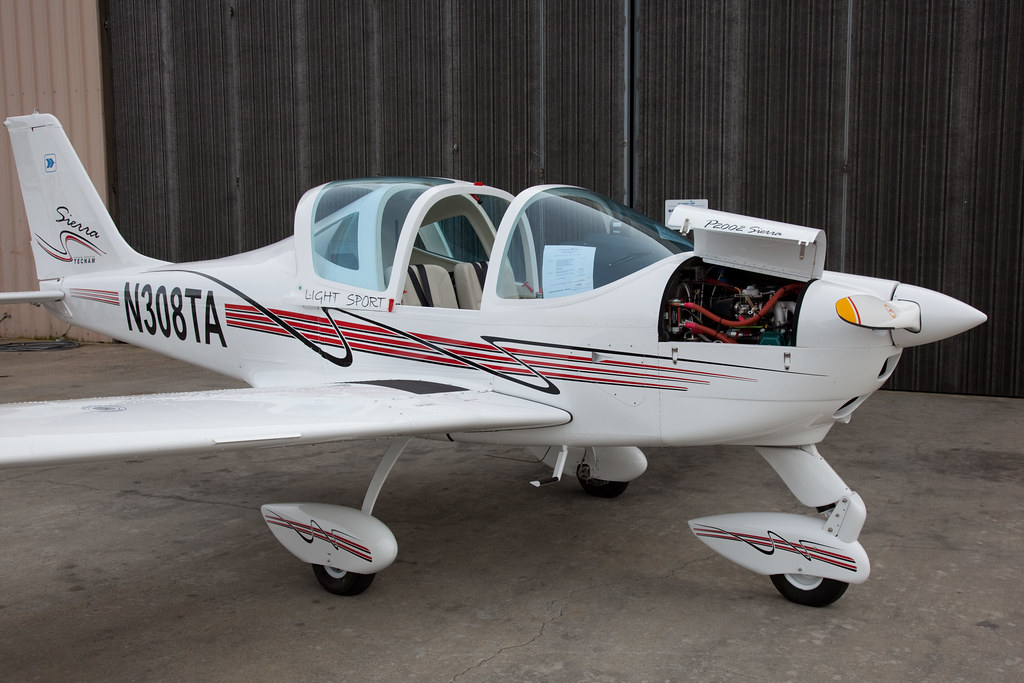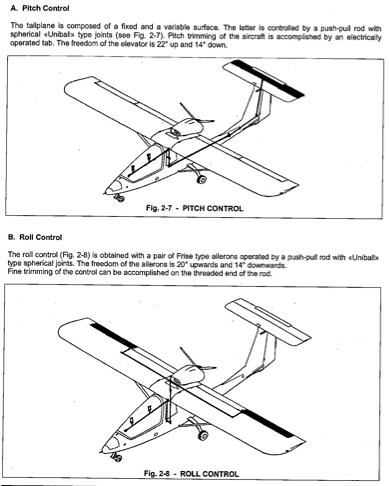Thanks again!dstclair wrote:Bill's a straight-forward guy and stands behind his products. Good person to do business with.ow do you like the feel of push/pull control tubes/rods as opposed to all cables?
Bill Canino seems to be a stand-up individual, so I can see why you have had 5-years free of regrets. He does not seem to be the type of man who would represent anything mediocre.
.....
Where are you located dstclair? Did they deliver your Sting or did you fly there to pick it up? Did they offer familiarization training or flights?
Though the TL-3000 Sirius is at the top of my list, I must really get in some low-wing time, just to be sure.
I'm just north of Dallas so it was an easy Southwest Airlines hop up to Little Rock to test fly the Sting S3 (current model at the time). We spent 1-2 hrs on the ground, pulling the cowl, checking build quality, pulling inspection plates and discussing Rotax/airframe maintenance. We then took the S3 up for a bit over an hour going through slow flight, stalls, non-aerobatic wing-overs, cruise then came back to the airport. In retrospect, Bill is definitely a trusting guy since this particular plane only had brakes on the pilot side. I just hopped in and off we went! I'd flown several LSA's and this was clearly my favorite. CTsw was #2 but I'm a low-wing guy. Also, at 6'4" I hate hitting my head on overhead wings
I believe officially Sport Air offers up to 5 hrs of transition time with each sale. Bill stated when I purchased that we'd fly until I was comfortable. Just checked my log book and I flew exactly 5.0 hrs before taking 595L home. Bill was my check pilot but I believe he uses a CFI now. Insurance companies require 5 hrs.
The S4 has some definite upgrades from the S3. There's a forum member who has an S4 that can comment on those features.
Can't really comment push/pull control tubes vs. cables. I had a hiatus from flying before buying my plane and have 99% of time in the last 5 years with tubes.
Good Luck in your quest!
though I am a high-wing guy, some of these low-wing aircraft are quite tempting indeed.
I do have time as a passenger in a few low-wing GA aircraft and the only thing that I noticed that I did not like, was the little less ground visibility and the fact that you can see the wings swaying a bit forwards and backwards in reference to the ground. Turning base to final in a low-wing is a dream compared to the high-wing aircraft that I have thus far flown though. It is my understanding that many new LSA designers have addressed that issue the best they could in a high-wing, providing more base to final visibility.
I have watched some videos of the Sting S-3 and S-4 in action and they seem to be some very great/solid flying aircraft, well built! Possibly the Beech of LSA aircraft.
Pricing on the TL line-up seems to be fair as well compared to that of many others.
Safe and happy flying to you!
tl-3000pilot.


